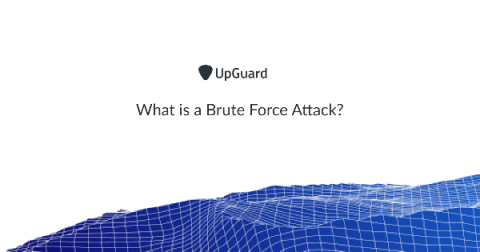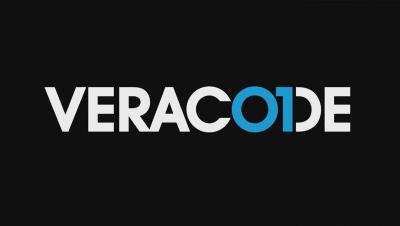Security | Threat Detection | Cyberattacks | DevSecOps | Compliance
%term
Why Blockchain Needs Kubernetes
In under five years time, Kubernetes has become the default method for deploying and managing cloud applications, a remarkably fast adoption rate for any enterprise technology. Amongst other things, Kubernetes’s power lies in its ability to map compute resources to the needs of services in the current infrastructure paradigm. But how does this tool work when faced with the new infrastructure layer that is blockchain? Can the two technologies be used in conjunction?
What is a Brute Force Attack?
A brute force attack is a popular cracking method that involves guessing usernames and passwords to gain unauthorized access to a system or sensitive data. While a relatively simple, brute force methods continue to have a high success rate and account for over 80% of attacks on web applications.
Veracode Corporate Video
Veracode Full Solution
Veracode Static Analysis Solution
Veracode Software Composition Analysis Solution
Veracode Dynamic Analysis Solution
Security for Work from Home Tools with Live Q&A Sponsored by Optiv
The MITRE ATT&CK Framework: Exfiltration
Once an attacker has established access and pivoted around to the point of gathering the necessary data, they will work on exfiltration of that data. Not all malware will reach this stage. Ransomware, for example, usually has no interest in exfiltrating data. As with the Collection tactic, there’s little guidance on how to mitigate an attacker exfiltrating data from the enterprise.











